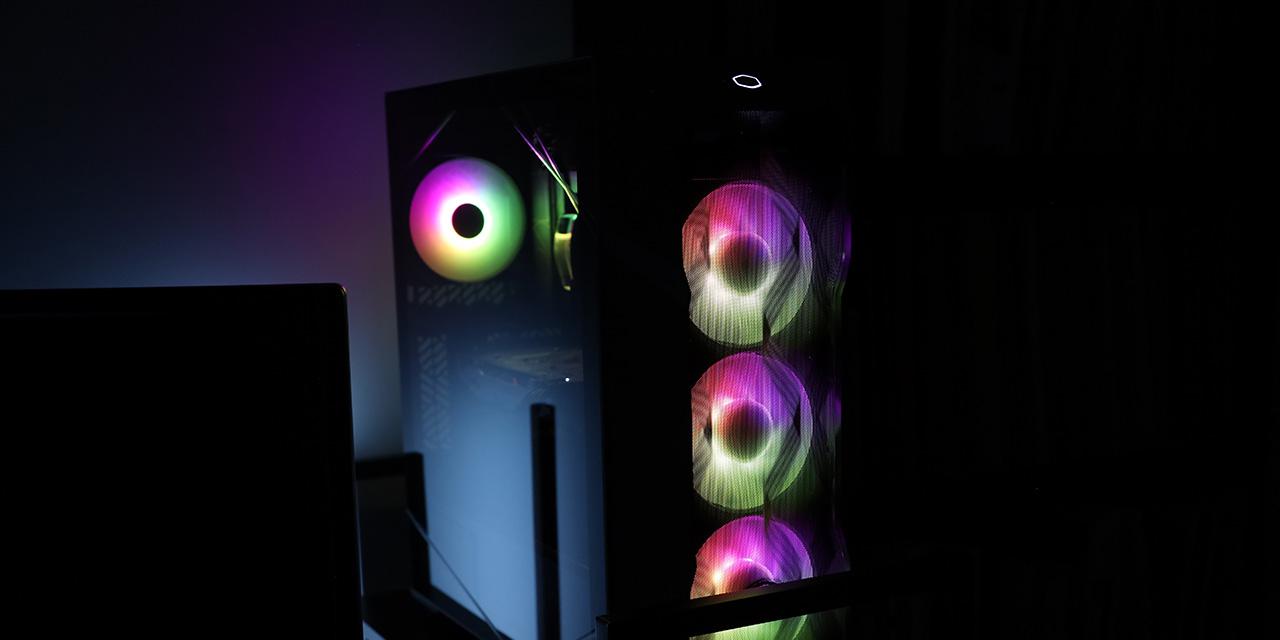|
From DailyTech: AMD has launched its much anticipated FX series of desktop CPUs using the Bulldozer architecture. Codenamed Zambezi, the 32nm chips represent the company's top offerings for enthusiasts. Bulldozer is the first complete redesign of AMD’s processor architecture since the K7 Athlon was launched in 1999, and features significant improvements in manufacturing, design, and cost reduction. The drive for efficiency and greater instructions per clock (IPC) is the impetus for Bulldozer. Long gone are the days of simply increasing clock speed for easy performance gains. AMD and Intel have been increasing the number of CPU cores, but that takes up a lot of die space. Intel has been pushing HyperThreading as its way of maximizing efficiency, and is pretty good when a CPU stalls due to a cache miss, branch misprediction, or data dependency. However, AMD has decided to go a markedly different route. Each Bulldozer module provides an independent, dedicated integer and scheduler unit for each core. A single floating point unit is shared between the two cores in a Bulldozer module, along with the fetch and decode units and a 2MB L2 cache. There is a 16KB L1 data cache per core, as well as a 64KB L1 instruction cache per module. This adds up to an impressive 128KB L1 data cache, 256KB L1 instruction cache, and 8MB L2 cache for an eight-core FX processor. Theoretically, this should provide much better performance than HyperThreading, which functions best when there are a lot of CPU stalls because all threads must compete for available execution resources. HyperThreading increases performance by approximately 30% at a cost of 5% extra die space, but the second integer core in Bulldozer could almost double integer performance at a die cost of only 12%. The Bulldozer architecture was originally supposed to debut in the first half of 2009, and would've enabled AMD to compete toe-to-toe with Intel on pure performance, rather than on pricing alone. However, various financial difficulties and a major recession led to delays, while the divestment of its manufacturing capacity into GlobalFoundries led to some technical delays. Almost three years late, the design has been updated significantly in order to accommodate the latest technologies and manufacturing processes. View: Article @ Source Site |
 |
AMD Launches FX CPUs with Bulldozer Architecture
© Since 2005 APH Networks Inc. All trademarks mentioned are the property of their respective owners.





